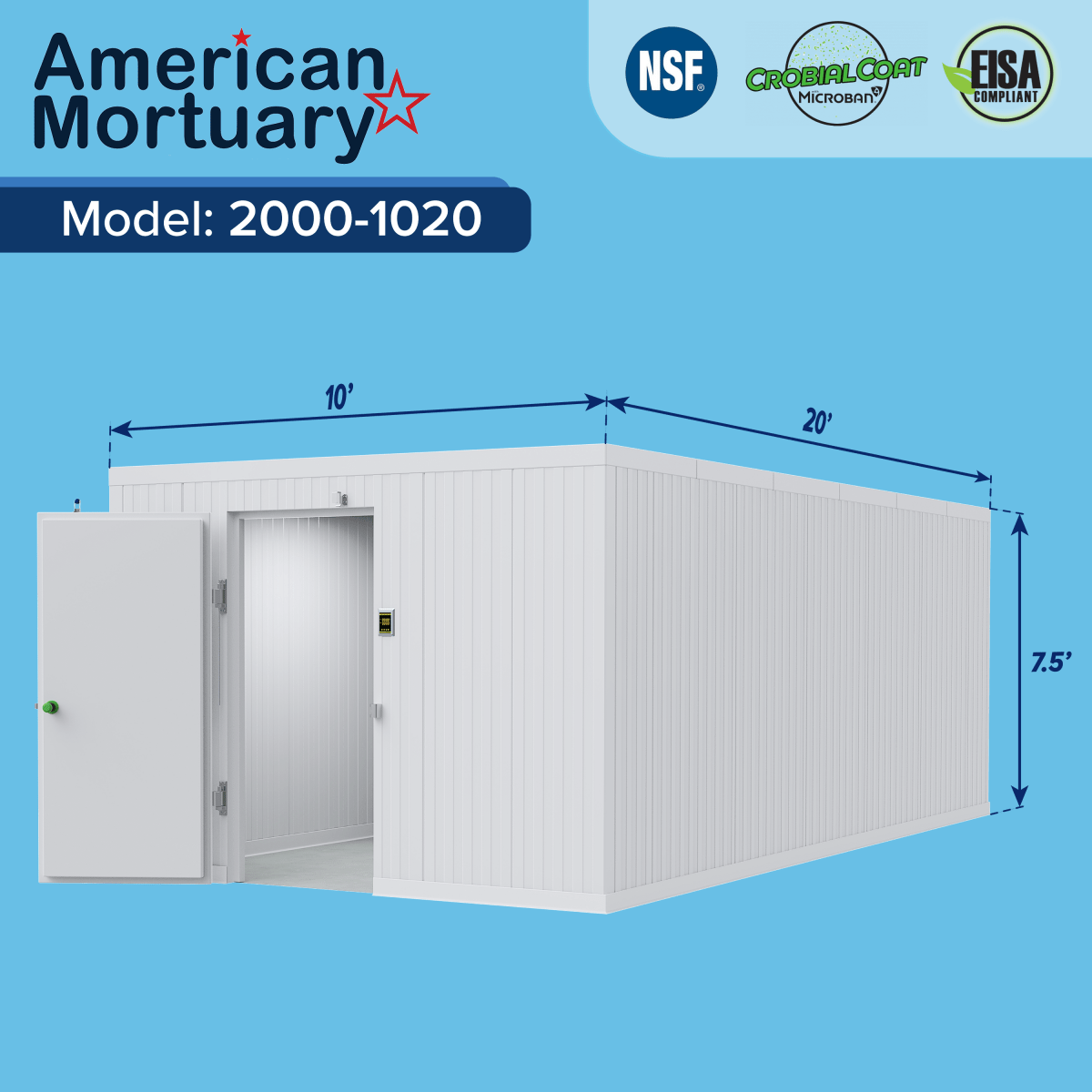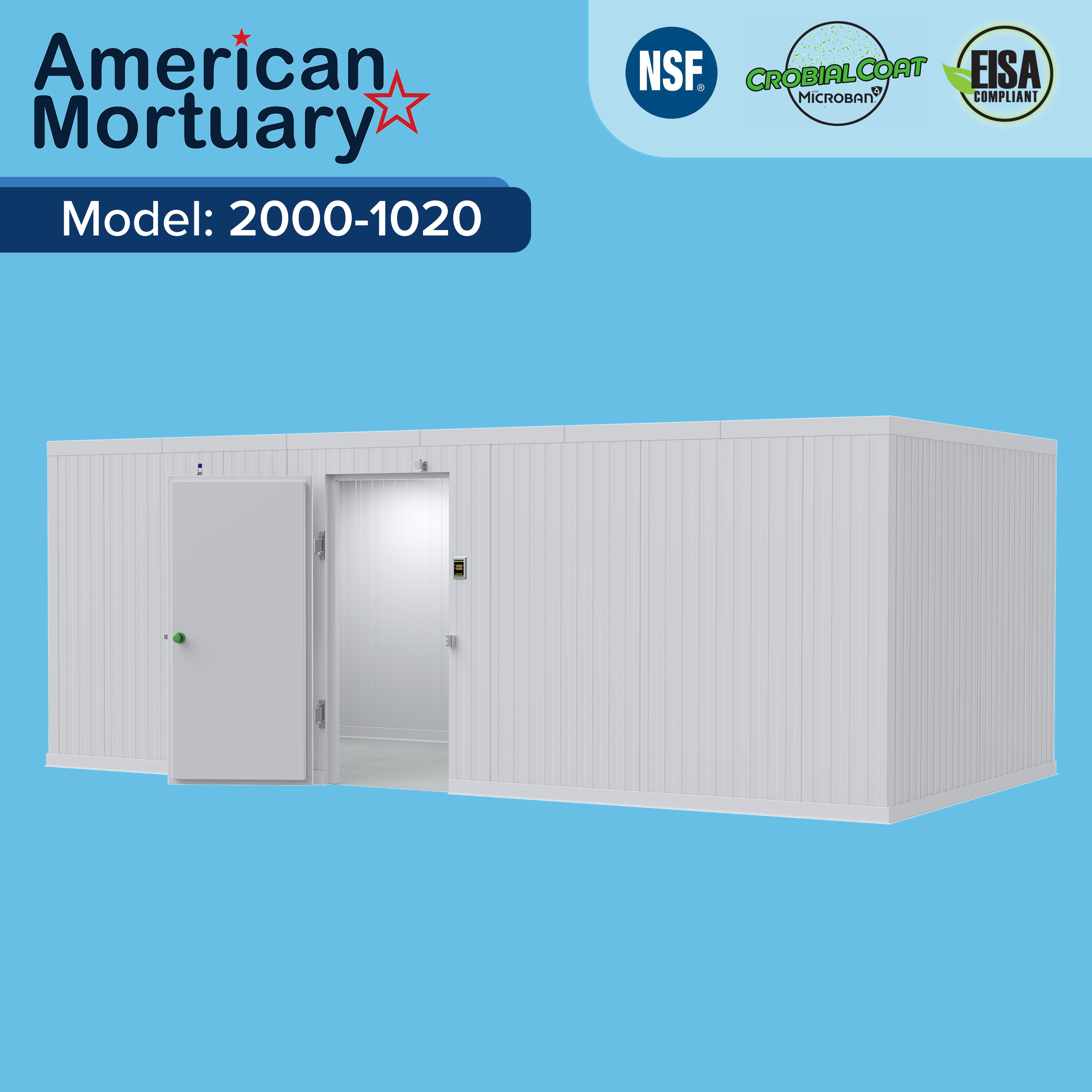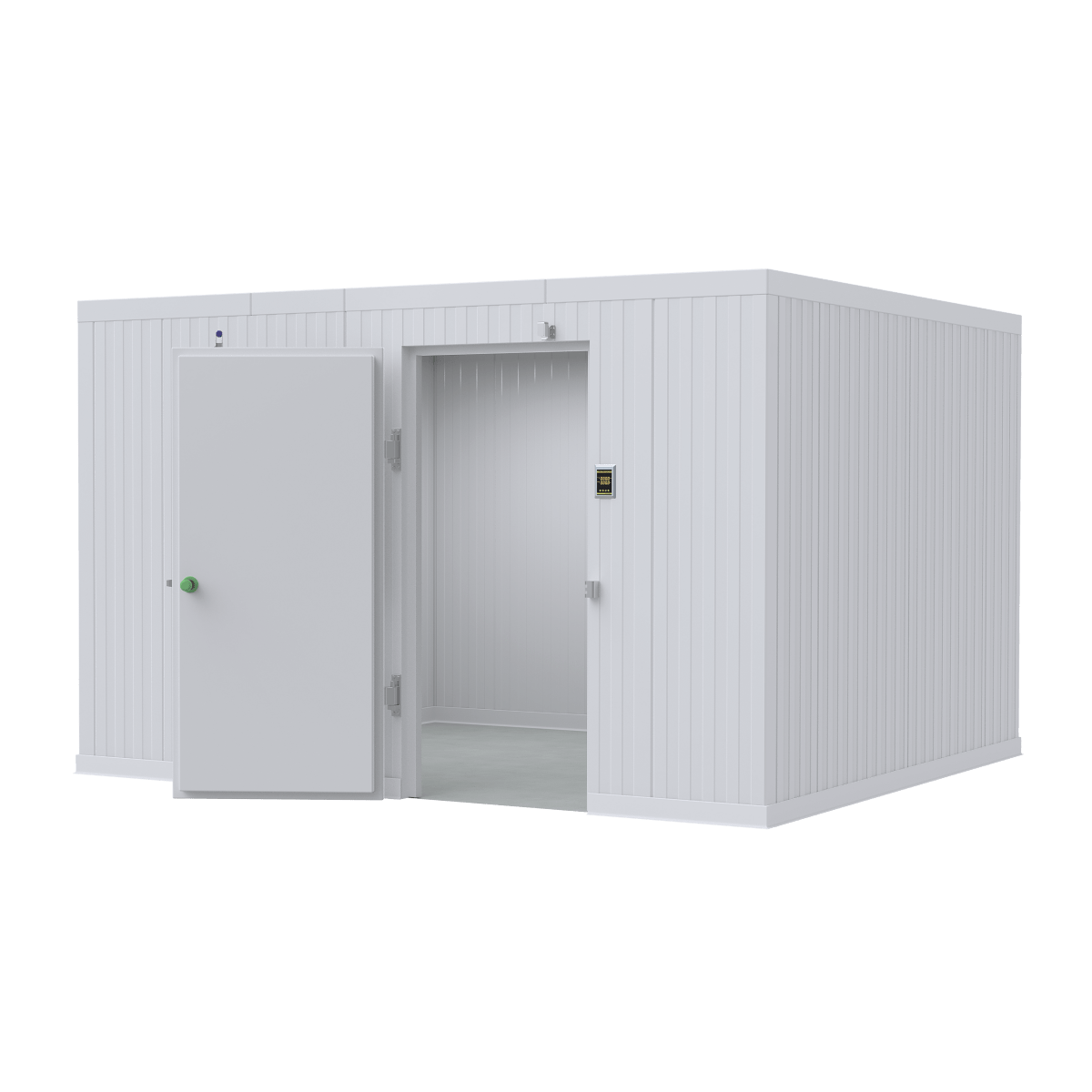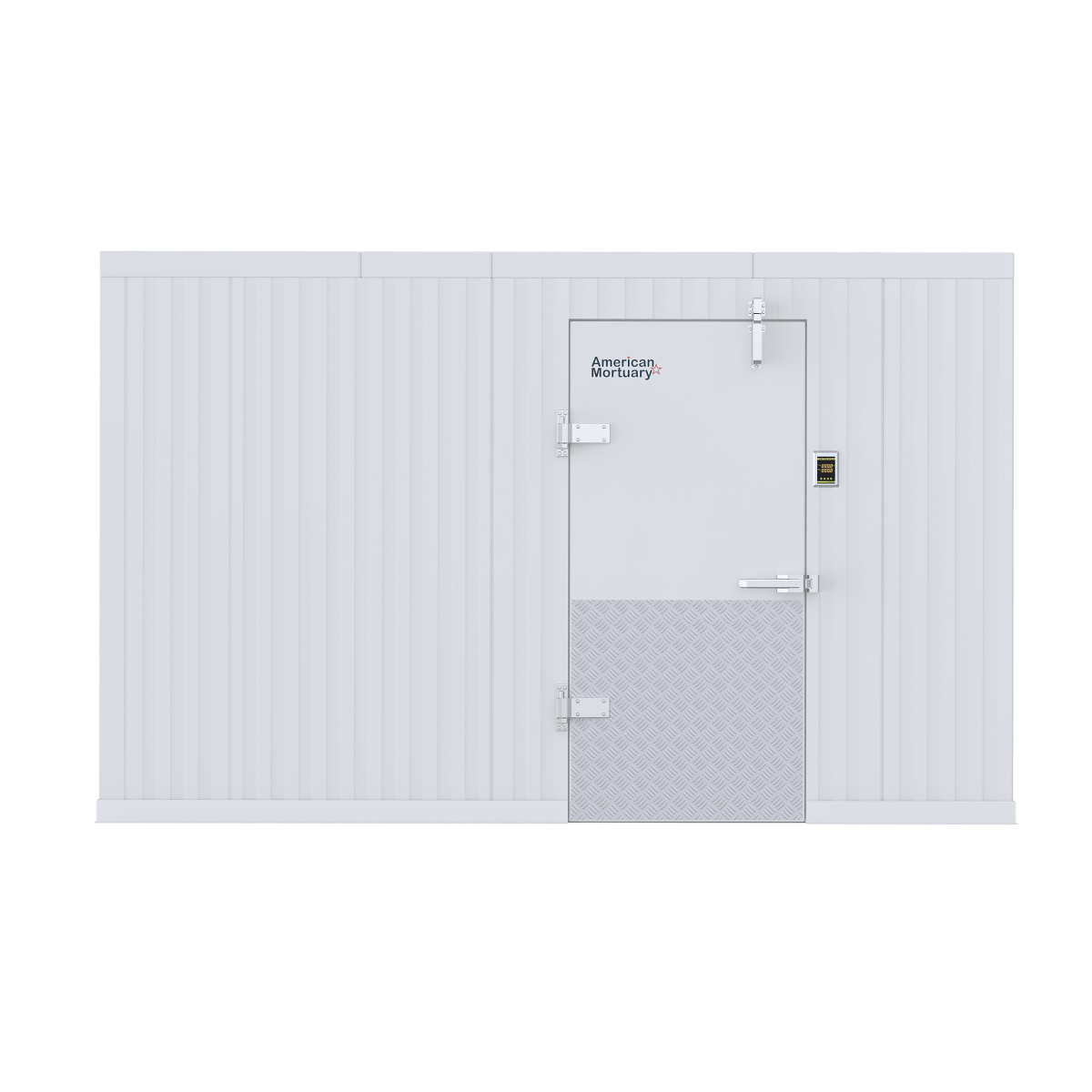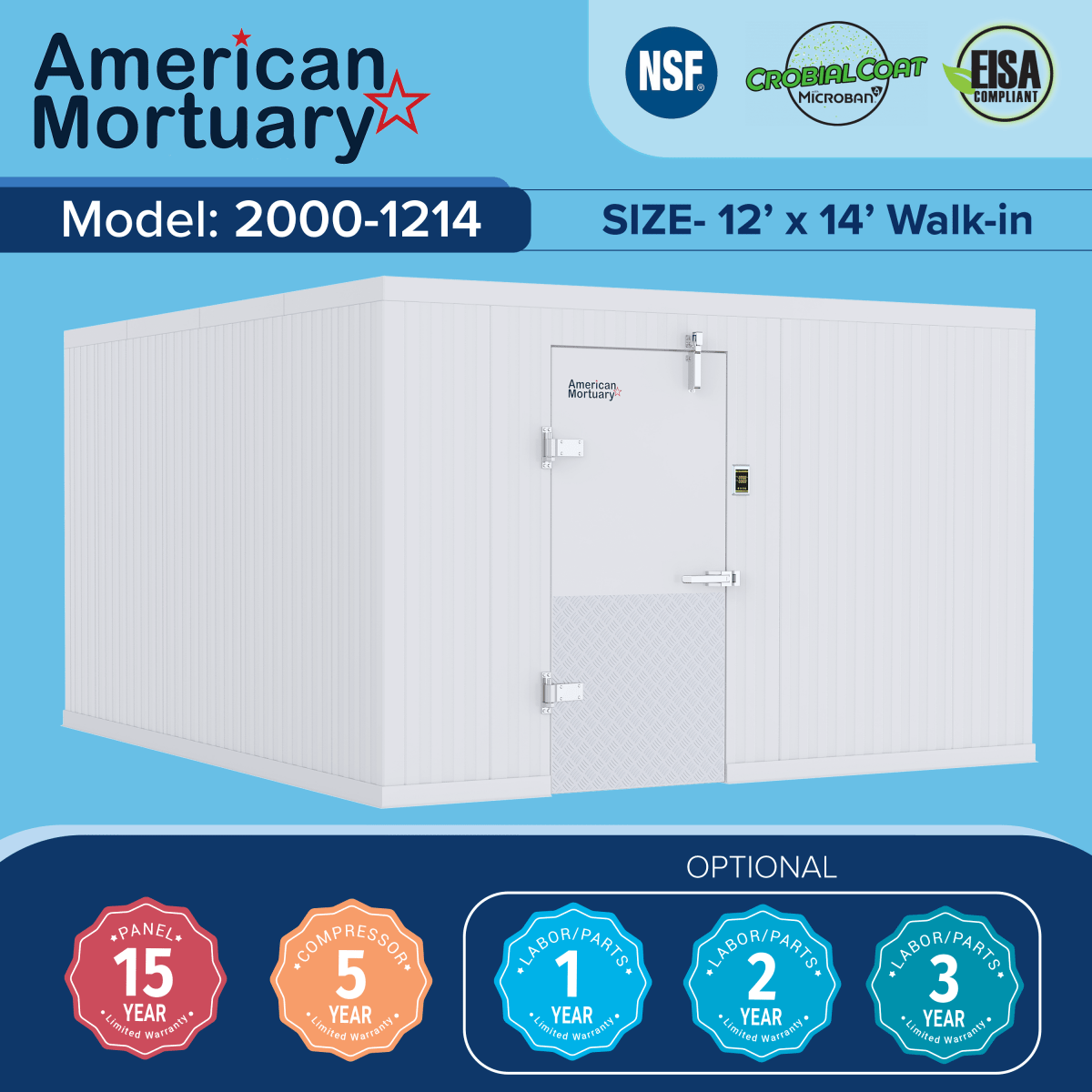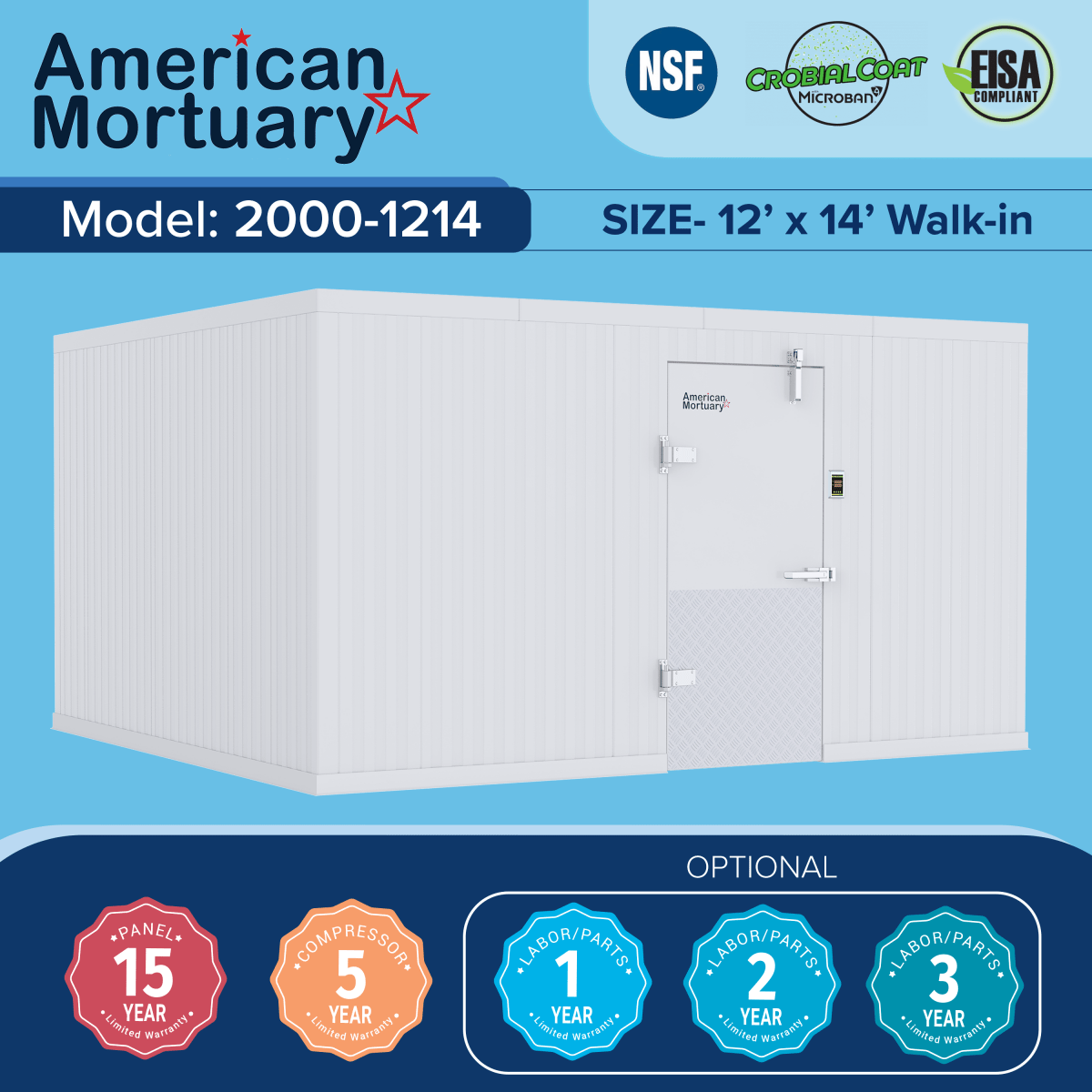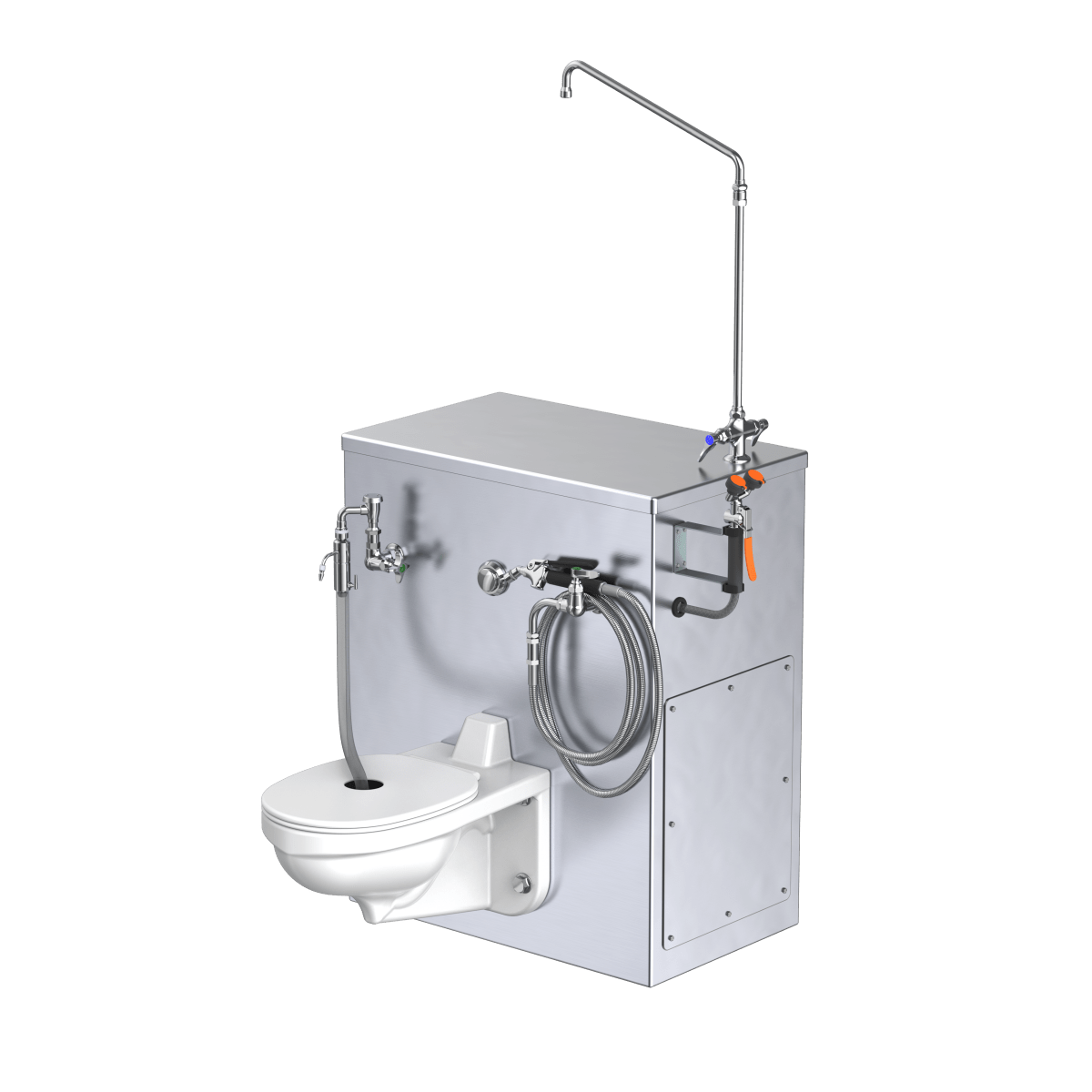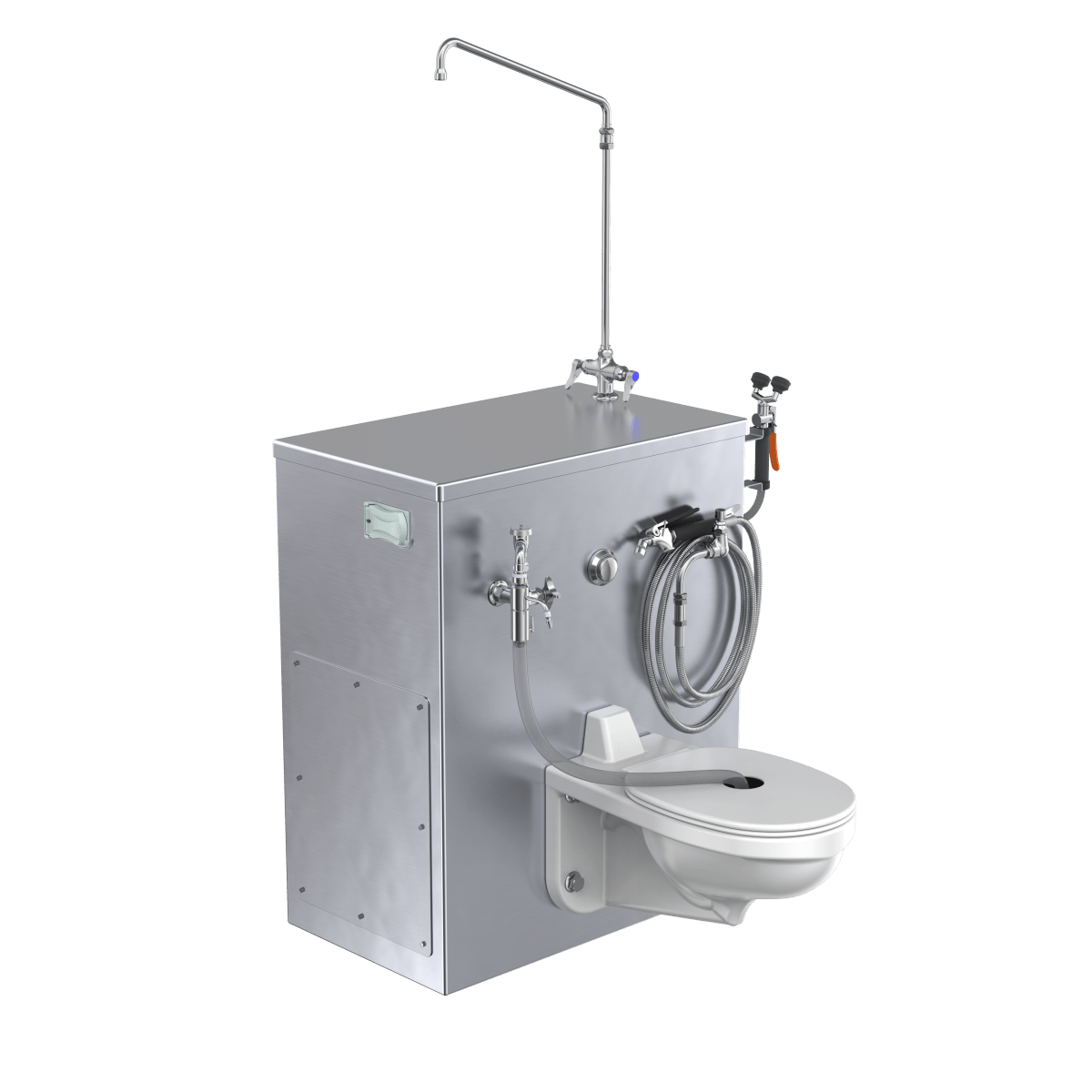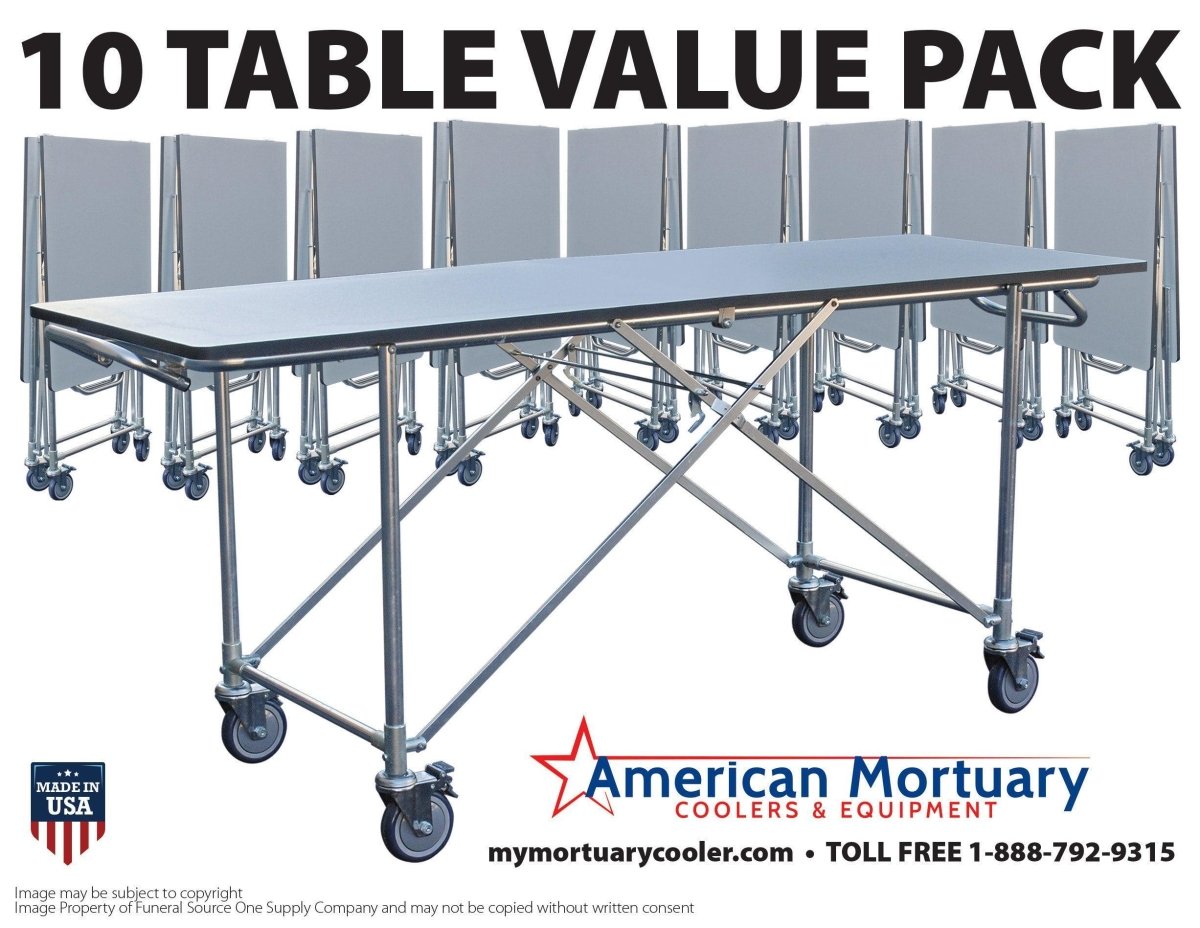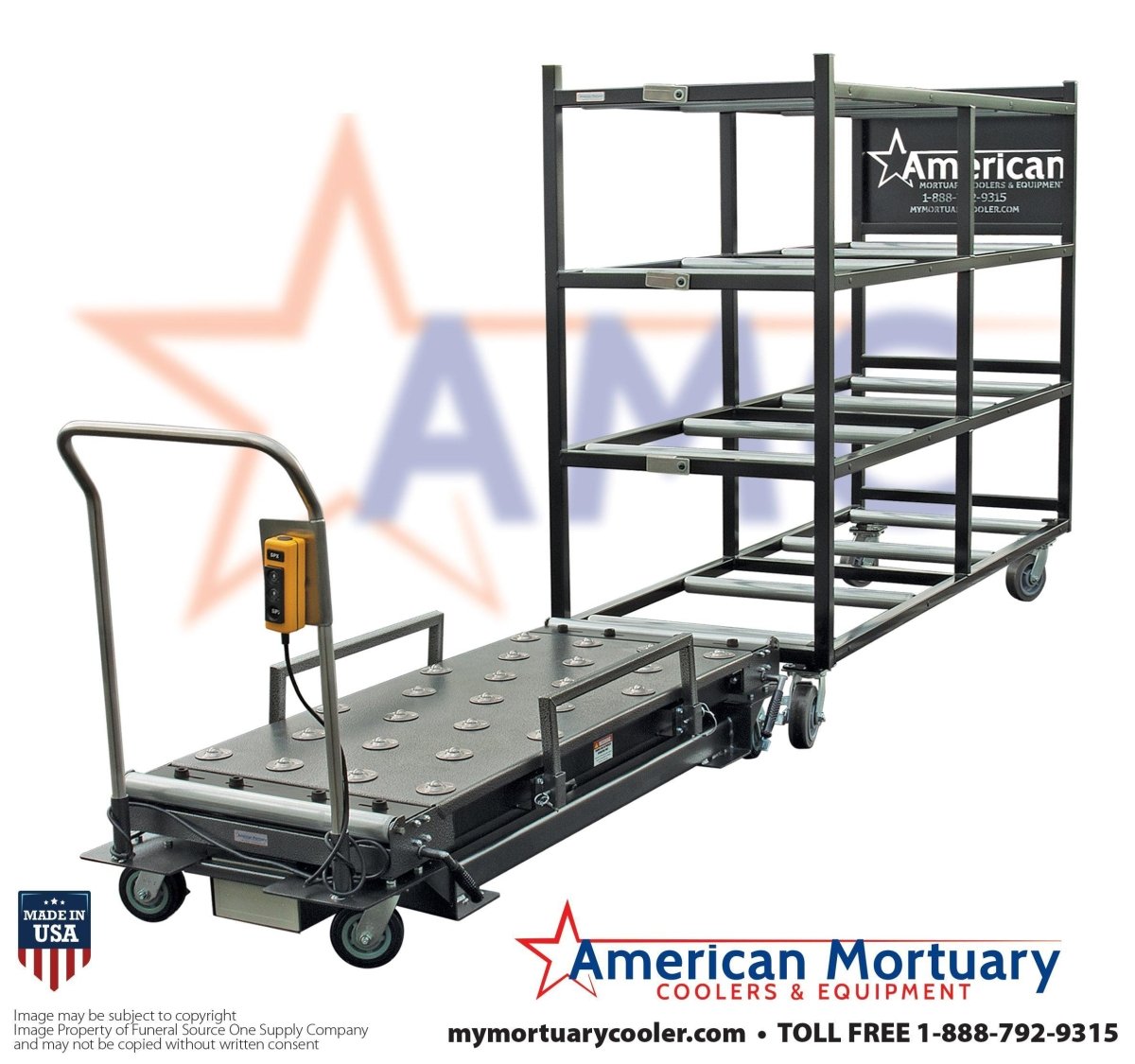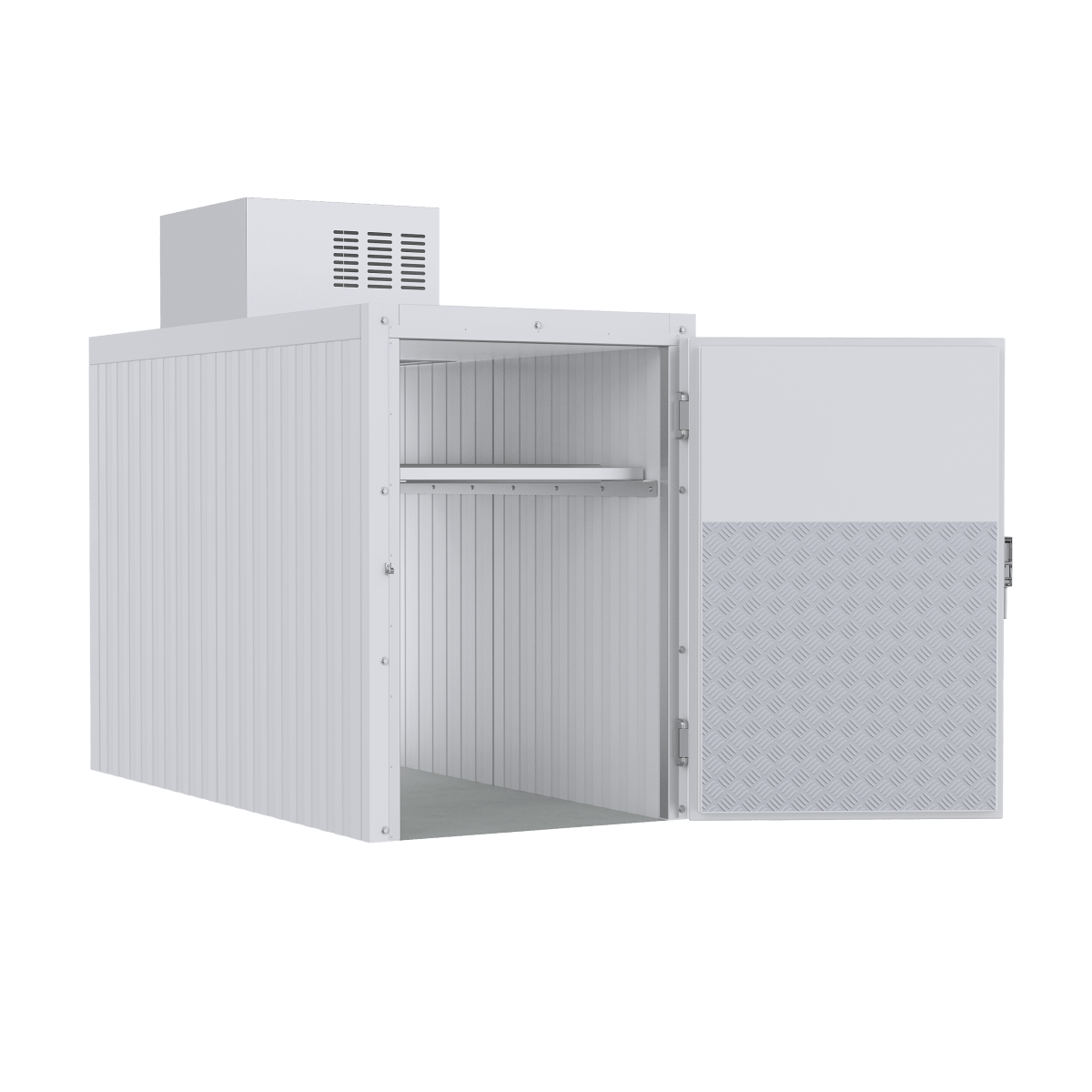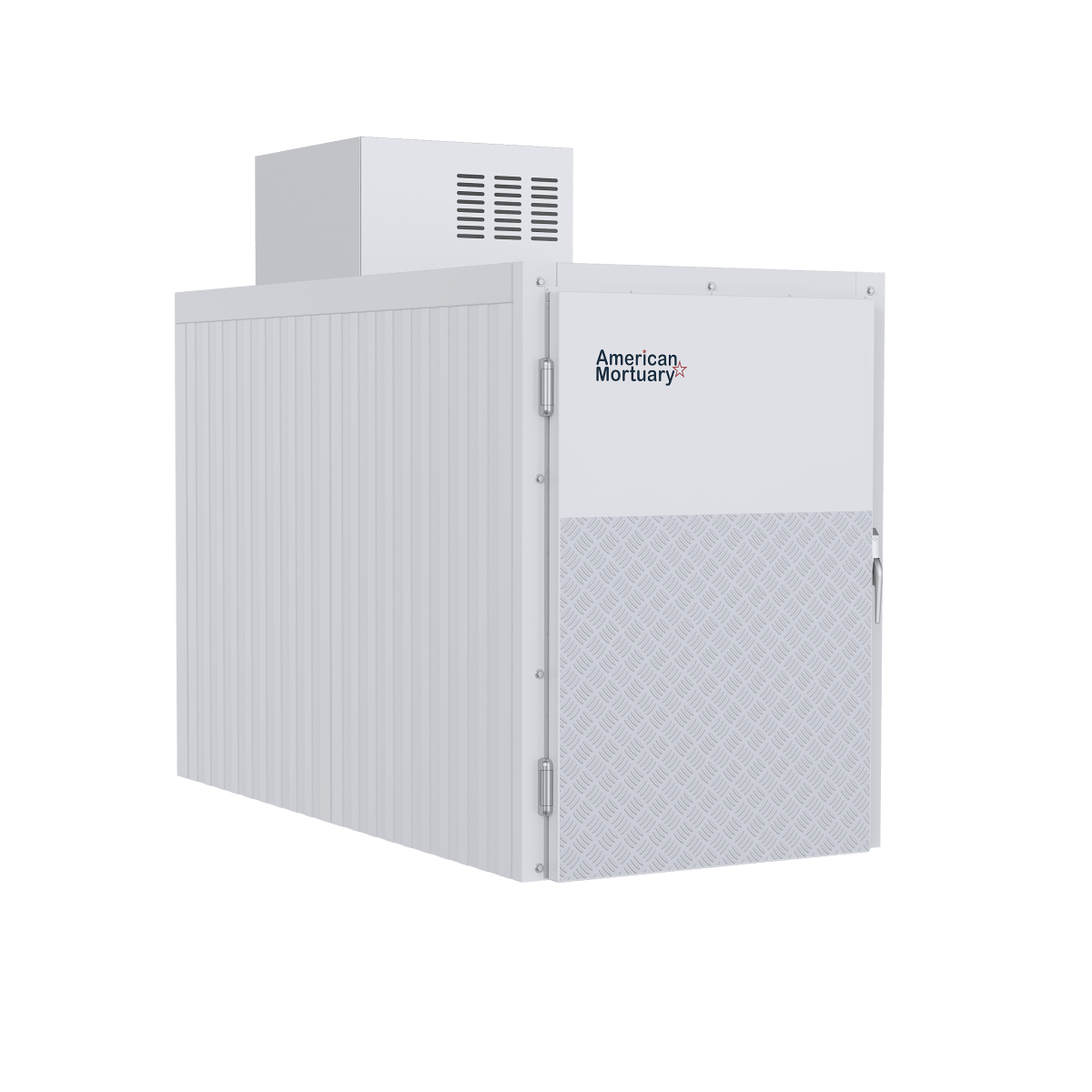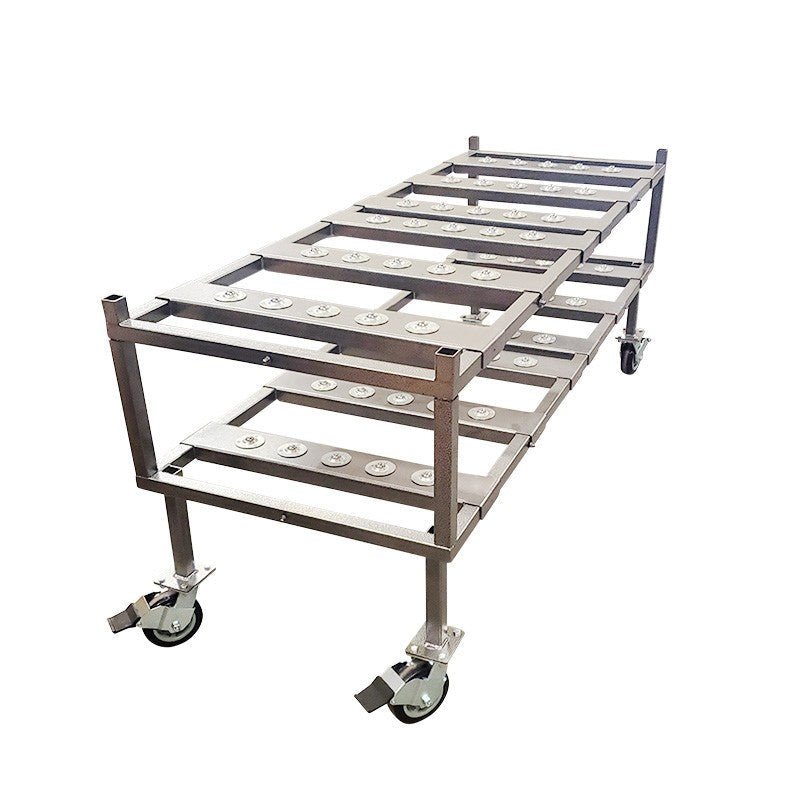The Essential Guide to Medical Stretchers
A stretcher is a specialized piece of medical equipment designed to safely transport patients who require care or cannot move on their own. Whether you're looking for basic information or making a purchasing decision, here's what you need to know:
| Stretcher Type | Primary Use | Weight Capacity | Key Features |
|---|---|---|---|
| General Patient | Hospital transport | 500-700 lbs | Adjustable height, Trendelenburg positioning |
| Emergency/Ambulance | Field rescue & transport | 500-700 lbs | Locking wheels, vehicle mounting system |
| Bariatric | Larger patients | 700-1000+ lbs | Reinforced frame, wider surface |
| Eye/Specialty | Ophthalmic procedures | 350-500 lbs | Head positioning locks, ergonomic design |
| MRI-Compatible | Imaging departments | 350-550 lbs | Non-magnetic materials |
| Folding/Portable | Emergency response | 250-350 lbs | Lightweight, compact storage |
Stretchers have evolved from simple carrying devices to sophisticated transport systems with hydraulic lifting mechanisms, powered drives, and specialized features for different medical scenarios. The right stretcher can improve patient outcomes, reduce staff injuries, and streamline healthcare operations.
Modern stretchers prioritize both patient comfort and caregiver safety, with features like pressure-redistributing surfaces, easy-to-use controls, and ergonomic design elements. For healthcare facilities, selecting the appropriate stretcher model involves considering weight capacity, intended use, storage space, and budget constraints.
I'm Mortuary Cooler, a national supplier of mortuary and medical transport equipment with extensive experience providing high-quality stretchers and removal equipment to funeral homes, hospitals, and emergency services across the country. My background includes helping facilities select the right stretcher solutions for their specific patient populations and operational needs.
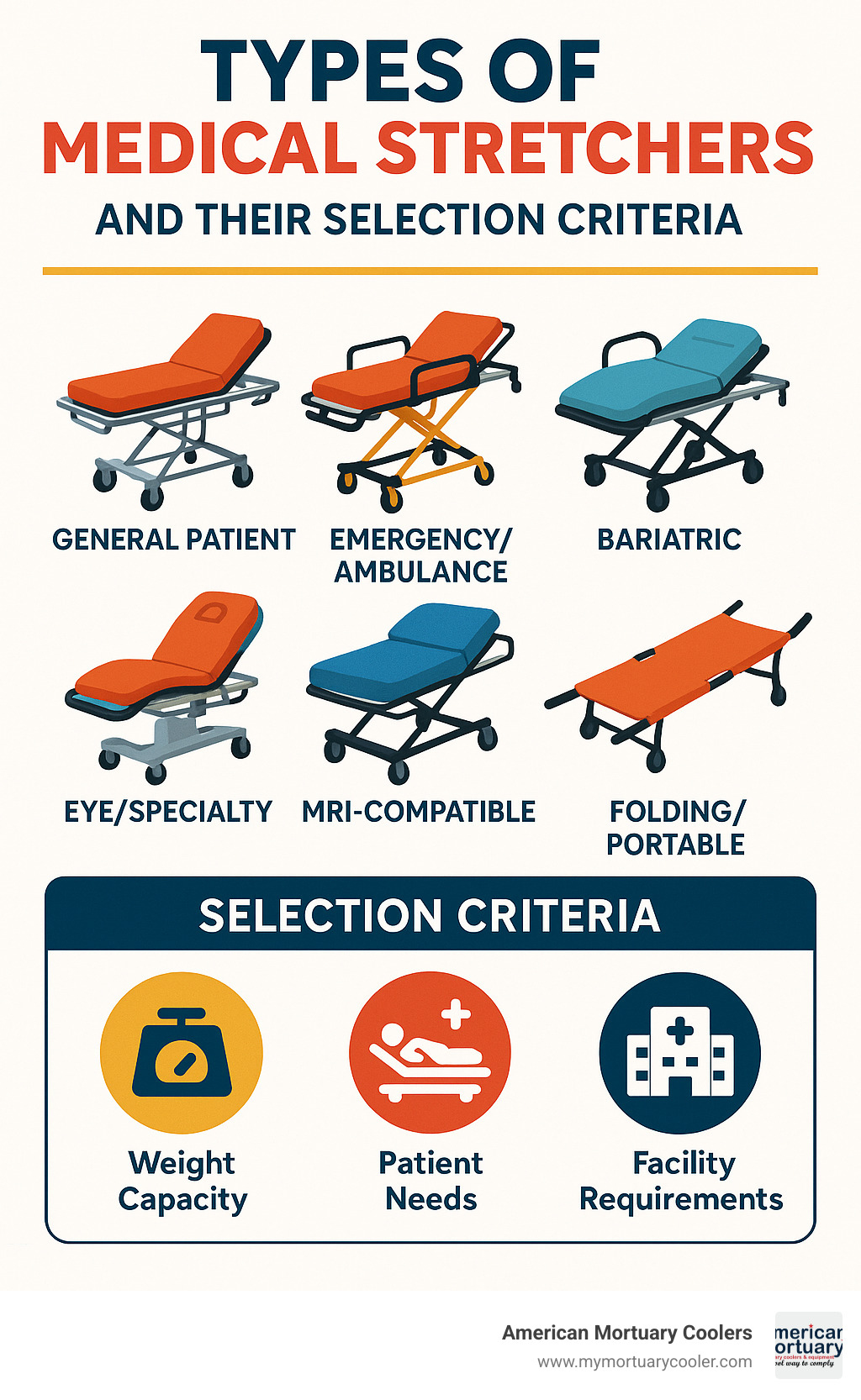
Simple stretcher word guide:
Understanding Stretchers: From Battlefield to Smart Tech
The history of the stretcher is as old as organized medical care itself. What began as simple carrying devices on battlefields has evolved into sophisticated medical transport equipment that incorporates advanced technology and ergonomic design.
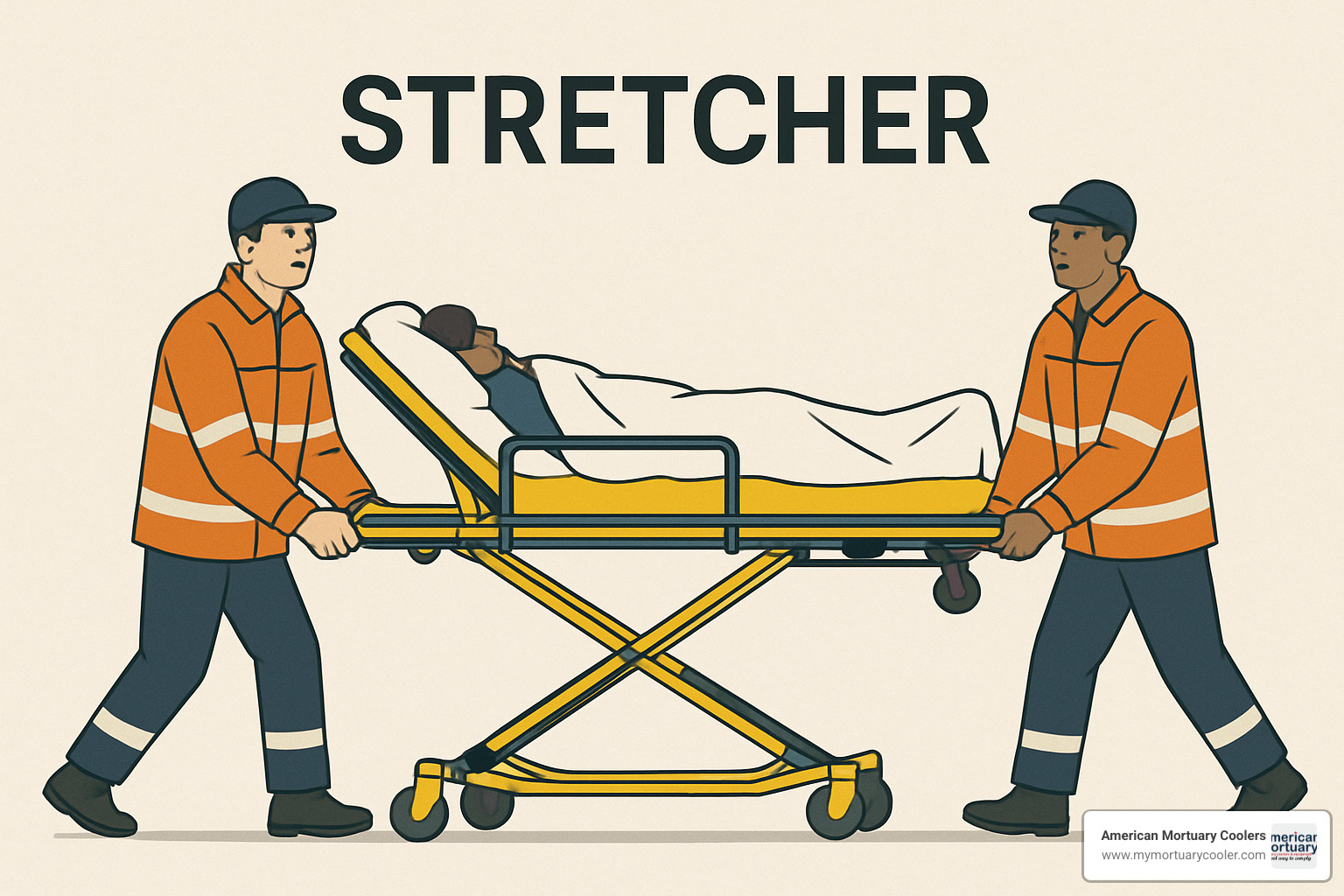
What is a Stretcher?
A stretcher is a portable device designed to safely transport people who need medical care. You might hear it called a gurney, litter, or pram, depending on where you are. These devices provide a secure way to move patients who are injured, ill, or unable to move themselves.
Interestingly, the term "gurney" didn't come from someone's name as many believe. It actually emerged from Pacific Coast slang and became common in hospitals by the 1930s. While people often use stretcher and gurney interchangeably, there's a subtle difference—a gurney has wheels and can stand independently, while a traditional stretcher requires carriers.
The word stretcher has found its way into other fields too. In masonry, it's a brick positioned with its long side showing. Furniture makers use it to describe the pieces connecting chair or table legs. Artists stretch canvas on a stretcher frame, and rowers push against a boat stretcher with their feet.
Today's stretchers typically feature a sturdy frame, a comfortable patient surface, and a movement system—either carried by hand or mounted on wheels for easier transport.
Historical Milestones in Stretcher Design
The earliest documented stretcher appears in a manuscript dating back to around 1380. On medieval battlefields, injured knights were carried on simple wicker-and-frame stretchers. These basic designs remained largely unchanged for centuries until the Napoleonic wars brought more organized battlefield medicine.
The early 1900s saw wheeled stretchers becoming standard in hospitals. By 1904, people were using the term "guerney cab" for vehicles transporting injured individuals. The two World Wars drove significant innovations as military medical teams needed efficient ways to evacuate wounded soldiers.
A major breakthrough came mid-century with the introduction of aluminum alloy frames. This material made stretchers much lighter while maintaining necessary strength. The 1970s brought specialized designs for different medical scenarios, including non-magnetic stretchers that could safely enter MRI rooms.
Modern Stretcher Innovations
Today's stretchers would amaze medical professionals from just a few decades ago. The technology has advanced tremendously, making patient transport safer and easier than ever before.
Modern ambulance stretchers like the Ferno POWERFlexx can lift patients weighing up to 700 pounds with just the touch of a button. This innovation has dramatically reduced back injuries among EMS personnel who previously had to manually lift heavy patients.
Battery-powered hydraulics have replaced manual pumping systems, allowing smooth height adjustments that improve both patient comfort and caregiver safety. Some advanced models feature zoom-drive technology with motorized wheels that let a single person transport patients with minimal physical strain.
Versatility has improved too, with hybrid stretcher-chair designs that can be quickly reconfigured based on the situation and patient needs. The newest generation includes smart features like telemetric sensors that monitor vital signs and transmit data directly to hospital systems.
Patient comfort hasn't been overlooked either. Proprietary systems like Steering Plus absorb shock when rolling over bumps and thresholds, making the transport experience much more comfortable.
The Stryker 1125 Prime Zoom Drive Stretcher showcases these innovations perfectly, with its powered drive assistance, multiple height positions, and integrated safety features that reduce staff strain while improving the overall patient experience.
From battlefield necessity to high-tech medical equipment, the evolution of the humble stretcher reflects our growing commitment to both patient care and caregiver wellbeing. These devices, once simple frames carried by two people, have transformed into sophisticated transport systems that blend engineering excellence with medical necessity.
For a deeper dive into this fascinating evolution, check out "A short history of stretchers".
Main Types of Stretchers & Their Clinical Uses
The world of stretchers is wonderfully diverse, with each design addressing specific medical scenarios and patient needs. Think of stretchers as the unsung heroes of healthcare mobility – each type crafted with purpose to solve unique challenges.
General Patient Stretchers
Walk through any hospital corridor and you'll likely see general patient stretchers in action. These versatile workhorses handle the day-to-day transport needs that keep healthcare facilities running smoothly.
A quality general stretcher like the Stryker M Series Model 1015 offers a robust 700 lb weight capacity and features that matter in daily use. The adjustable height mechanisms (whether manual or powered) allow caregivers to work at comfortable levels, reducing back strain. When a patient struggles to breathe, the articulating backrest quickly lifts their upper body. For patients in shock, the Trendelenburg position raises their feet above heart level with a simple adjustment.
These stretchers aren't just about movement – they're about safety and stability too. Locking wheels prevent unwanted rolling during transfers, while side rails keep patients secure. The thoughtful addition of IV poles and oxygen tank holders means patients remain connected to vital therapies even while in transit.
Specialized Stretchers Featuring the Keyword "stretcher"
As patient needs have diversified, so have stretcher designs. Each specialized version addresses unique clinical challenges:
Bariatric Stretchers have become increasingly important as our population changes. Models like the Gendron 1190-231 Bariatric Stretcher provide dignity and safety with their wider surfaces (often 40" or more) and impressive weight capacities exceeding 1000 pounds. The reinforced frames and heavy-duty casters ensure reliable transport, while powered assist features help protect staff from injury during movement.
Eye Stretchers might seem niche, but they're essential for successful ophthalmic procedures. The Hausted 5E8 Power Eye stretcher and Stryker 1068 Eye Surgery Stretcher offer remarkable stability during delicate eye surgeries. Their specialized head positioning locks prevent even minor movements that could compromise surgical outcomes, while ergonomic attachments support both patient comfort and surgeon precision.
At American Mortuary Coolers, we understand that mortuary stretchers serve a unique and dignified purpose. Our mortuary stretchers balance practical needs with respectful design – offering appropriate appearance for family viewing, improved weight capacities, and discreet wheel locking mechanisms that maintain the solemnity of the moment. These stretchers integrate seamlessly with our custom mortuary coolers for complete care solutions.
For women's health, specialized OB/GYN stretchers like the Stryker Renaissance 1061 Gynnie incorporate thoughtful features like integrated stirrups, articulating sections for optimal positioning, and quick-release mechanisms that allow rapid response in emergencies.
Rescue & Confined-Space Stretchers
When emergencies happen in challenging environments, specialized rescue stretchers become critical lifelines:
Basket stretchers (often called Stokes litters) shine in outdoor rescue scenarios with their durable construction and multiple attachment points for ropes. These rigid carriers can secure patients horizontally for ground transport or vertically for helicopter lifts or confined space extraction.
The flexible SKED or Reeves sleeve stretcher feels almost magical in tight spaces. Weighing as little as 2.4 kg, these flexible marvels conform to the patient's body while providing sufficient support. With six strategically placed handholds, rescue teams can coordinate movement through narrow passages, doorways, or down staircases.
Scoop stretchers solve a critical problem – how to move a patient with suspected spinal injuries without the traditional log-roll. By splitting longitudinally, these clever devices slide under the patient from both sides, then lock together securely. Their adjustable length accommodates different patient heights, while compatibility with backboards ensures proper immobilization.
The Team-8® Stretcher exemplifies thoughtful rescue design with its color-coded webbing and quick-release buckles that help responders work efficiently under pressure.
Imaging & Procedure-Specific Stretchers
Modern healthcare increasingly relies on advanced imaging, creating the need for compatible stretchers:
MRI-Compatible Stretchers like the Ferno Model 30 NM solve a unique challenge – how to safely transport patients within the powerful magnetic field of an MRI suite. These specialized carriers contain absolutely no ferromagnetic materials that could become dangerous projectiles. Built from aluminum, high-strength polymers, and non-magnetic fasteners, they maintain full functionality without compromising image quality or patient safety.
For fluoroscopy procedures, models like the Hausted 493 Fluoro Stretcher feature radiolucent surfaces that allow X-ray imaging without patient transfers. Their carbon fiber components minimize radiation artifacts, while articulating sections facilitate optimal positioning for the procedure. Some even incorporate radiation shielding to protect staff during longer imaging sessions.
At American Mortuary Coolers, we're proud to offer high-quality ambulance stretchers and gurneys alongside our specialized mortuary equipment. We understand that selecting the right stretcher for your specific needs makes all the difference in patient care, staff safety, and operational efficiency.
Selecting the Right Stretcher: Features, Comfort & Ergonomics
Choosing the perfect stretcher feels a bit like shopping for a car—there are countless options, and the right choice makes all the difference for both patients and caregivers. Let's explore what really matters when you're in the market for this essential equipment.
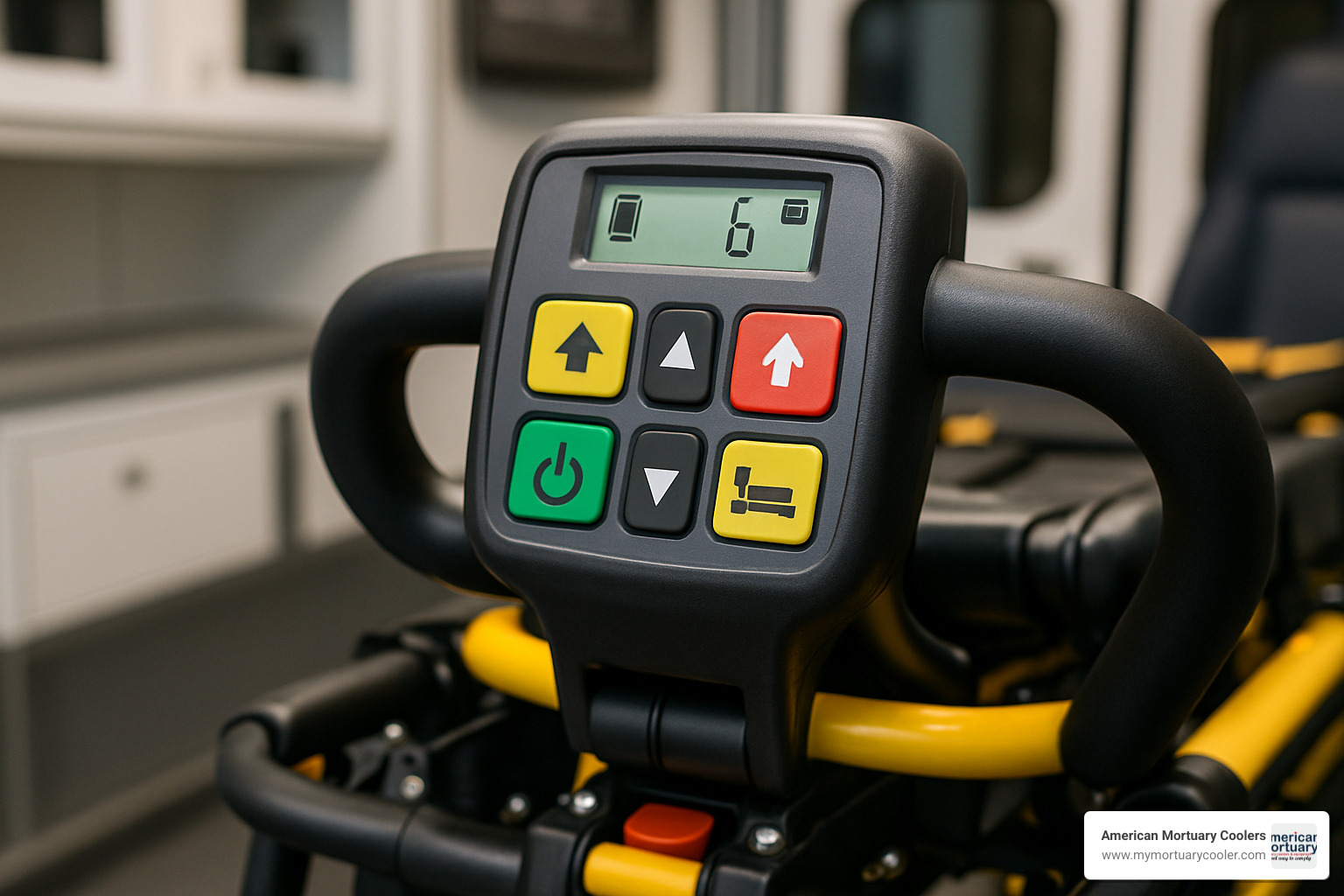
Key Feature Checklist for Decision Makers
When I talk with healthcare facilities about stretcher selection, I always emphasize starting with the basics. Your stretcher's weight capacity should comfortably exceed your expected patient needs—standard models typically handle 500-700 pounds, while specialized bariatric versions can support 1000+ pounds. Always build in a safety margin!
The frame material makes a huge difference in daily use. Aluminum offers that sweet spot of strength without excessive weight, while steel provides maximum durability for high-traffic environments. For specialized departments like radiology, composite materials offer benefits like radiolucency or non-magnetic properties for MRI suites.
Height adjustment range might seem minor until you've spent a 12-hour shift bending over too-low stretchers. Look for models with minimum heights that allow easy transfers from beds and maximum heights that prevent staff from stooping. Your back will thank you! Power-assisted height adjustment is worth every penny for busy departments.
Mobility features can make or break your experience with a stretcher. Those "big wheel" designs aren't just marketing—they genuinely improve maneuverability over doorway thresholds and around tight corners. Fifth-wheel technology provides remarkable steering control in long corridors, while accessible brakes from multiple positions save time and frustration during urgent situations.
Don't overlook the patient surface itself. Modern stretchers offer impressive pressure redistribution properties that prevent painful pressure injuries during longer stays. Choose infection control-friendly materials that stand up to frequent, rigorous cleaning without deteriorating. The width should match your typical patient population, and articulation points should maintain comfort in various positions.
Finally, consider your accessory needs. Will you need IV pole attachments? Oxygen tank holders? Monitor shelves? The stretcher's side rail design should accommodate these essentials without compromising safety or mobility.
Patient Comfort & Outcomes with Stretchers
A comfortable stretcher isn't just about patient satisfaction scores—it directly impacts clinical outcomes. Modern stretchers have come a long way from the hard, flat surfaces of yesteryear.
Pressure injury prevention has become a science unto itself. The Stryker M Series exemplifies this advancement with optional pressure redistribution surfaces that distribute weight evenly, reducing the risk of tissue damage during extended procedures or transport delays. For patients with limited mobility or compromised circulation, these surfaces can prevent painful and costly complications.
Temperature management capabilities in advanced stretchers help maintain patient homeostasis during transport—crucial for surgical patients, trauma cases, and especially neonatal transport where temperature regulation can be life-critical.
The positioning flexibility of today's stretchers serves both comfort and clinical needs. Head elevation helps patients in respiratory distress breathe more easily. Trendelenburg positioning (feet up, head down) supports patients in shock. The knee gatch reduces pressure on the lower back. These aren't luxury features—they're clinical necessities that support better outcomes.
Even the ride quality matters. A stable stretcher with shock-absorbing features protects patients from jarring movements that can exacerbate pain or injuries. Systems like Steering Plus absorb impact when rolling over thresholds or uneven surfaces, creating a smoother transport experience when patients are at their most vulnerable.
Caregiver Safety & Efficiency
At American Mortuary Coolers, we understand that equipment needs to work for everyone involved in patient care—including the caregivers themselves.
The choice between manual and powered lifting represents one of the most significant decisions in stretcher selection. Back injuries remain frustratingly common among healthcare workers, with patient handling being a primary culprit. Powered stretchers like the Ferno POWERFlexx can lift 700 pounds with a button press, dramatically reducing injury risk for staff. Yes, they cost more upfront, but the investment pays dividends in reduced worker's compensation claims and fewer lost workdays.
One-person operation capability transforms staffing efficiency. Modern powered stretchers enable safe transport by a single caregiver, allowing your team to allocate personnel more effectively, especially during busy periods or staff shortages. This isn't about cutting corners—it's about using technology to improve safety while optimizing resources.
Ergonomic controls might seem like a minor detail until you've used poorly designed equipment during a hectic shift. Intuitive, accessible controls positioned to minimize bending and reaching help prevent repetitive strain injuries and ensure efficient operation even during high-stress situations. The best designs place essential controls within natural reach zones, reducing the physical toll of frequent stretcher adjustments.
Comparing Manual vs Powered Models
| Feature | Manual Stretchers | Powered Stretchers |
|---|---|---|
| Initial Cost | Lower ($2,000-$5,000) | Higher ($8,000-$30,000) |
| Weight Capacity | Typically 500-650 lbs | Up to 700-1000 lbs |
| Staff Required | Minimum 2 for safe operation | Can be operated by 1 person |
| Injury Risk | Higher potential for back strain | Significantly reduced |
| Maintenance | Simpler, fewer components | More complex, battery maintenance |
| Battery Dependency | None | Requires charging management |
| Lifespan | 7-10 years with proper care | 5-8 years (battery replacement needed) |
| Best For | Lower volume facilities, budget constraints | High-volume facilities, bariatric patients |
The right stretcher creates a win-win situation—patients receive safer, more comfortable care while staff experience fewer injuries and greater efficiency. Whether you're outfitting a funeral home, hospital department, or emergency service, taking time to evaluate these features against your specific needs will lead to a selection that serves you well for years to come.
Safety Standards, Maintenance & Compliance
When it comes to stretchers, safety isn't just a good idea—it's essential for protecting both patients and healthcare workers. Proper maintenance routines and compliance with regulations help ensure your equipment serves you well for years to come.
Daily & Monthly Maintenance Routines
Taking care of your stretcher is a bit like maintaining your car—regular attention prevents bigger problems down the road.
Start each day with quick checks of the basics: make sure wheels roll smoothly and brakes engage properly. Give locking mechanisms a test to confirm they click securely into place. Take a moment to examine straps and restraints for any fraying or damage—these are literally what keep patients secure during transport.
Disinfection is non-negotiable in healthcare settings. Wipe down all surfaces with approved cleaners, paying special attention to areas that come in direct contact with patients. This simple step helps prevent cross-contamination between transports.
On a weekly basis, show your stretcher some extra love. A little lubricant on moving parts keeps everything operating smoothly (just be sure to follow the manufacturer's recommendations). Take time to look over the frame for any concerning cracks or bends, and check hydraulic systems for telltale leaks.
Monthly maintenance digs a bit deeper. This is when you'll want to:
- Thoroughly clean all mechanisms, getting into those hard-to-reach spots
- Check battery systems on powered stretchers (both charge levels and connections)
- Make sure all bolts and fasteners remain tight and secure
- Test emergency release mechanisms—they must work flawlessly when needed
- Document everything you've done in your compliance logs
For powered stretchers, battery care deserves special attention. Most manufacturers suggest running full charging cycles to maintain battery health and testing batteries under load conditions regularly. Plan on replacing batteries every 2-3 years, regardless of how they seem to be performing.
Regulatory & Risk Management Essentials
In the eyes of the FDA, stretchers are Class I medical devices, which means they must meet specific regulatory standards. This classification brings requirements like FDA registration and listing, ISO 9001 quality management systems, and for international markets, CE marking compliance.
Powered stretchers face additional scrutiny under IEC 60601 standards for electrical medical equipment. All stretchers must undergo rigorous weight testing to ensure they'll perform safely under their rated capacity.
Smart risk management goes beyond just meeting regulations. Consider implementing a formal stretcher safety program with regular staff training sessions. Document any incidents thoroughly—this information is invaluable for preventing future problems. Develop clear protocols for transporting bariatric patients, as these situations often present unique challenges.
At American Mortuary Coolers, we're particularly mindful of infection control. Our mortuary stretchers feature surfaces that stand up to hospital-grade disinfectants. We recommend establishing specific cleaning protocols between uses, especially important in mortuary settings where dignity and safety go hand in hand.
Extending Service Life
A quality stretcher represents a significant investment, but with proper care, it can serve your facility for many years.
The cornerstone of longevity is preventative maintenance. Follow the manufacturer's recommended service schedule religiously, and always use OEM (Original Equipment Manufacturer) parts for repairs. While generic replacements might save money upfront, they often lead to compatibility issues and shortened equipment life.
Keep detailed maintenance records—this documentation helps track patterns and predict when components might need attention before they fail. Address small issues promptly before they grow into expensive problems.
When your stretcher starts showing its age, consider refurbishment rather than replacement. Many manufacturers offer programs that can breathe new life into aging equipment at a fraction of the cost of buying new. Simple component replacements like new wheels, fresh mattresses, or updated side rails can make an older stretcher perform like new again.
Smart facilities implement asset tracking systems to monitor usage patterns across their stretcher fleet. This approach helps distribute wear evenly and identifies potential issues before they lead to equipment failure—or worse, patient incidents.
A well-maintained stretcher isn't just about saving money—it's about ensuring reliability when you need it most. In healthcare and mortuary settings, equipment failures simply aren't an option.
Buying, Renting & Financing Your Next Stretcher
Figuring out how to acquire the right stretcher doesn't have to give you a headache. Beyond just comparing features, you'll want to consider your budget options and long-term financial picture.
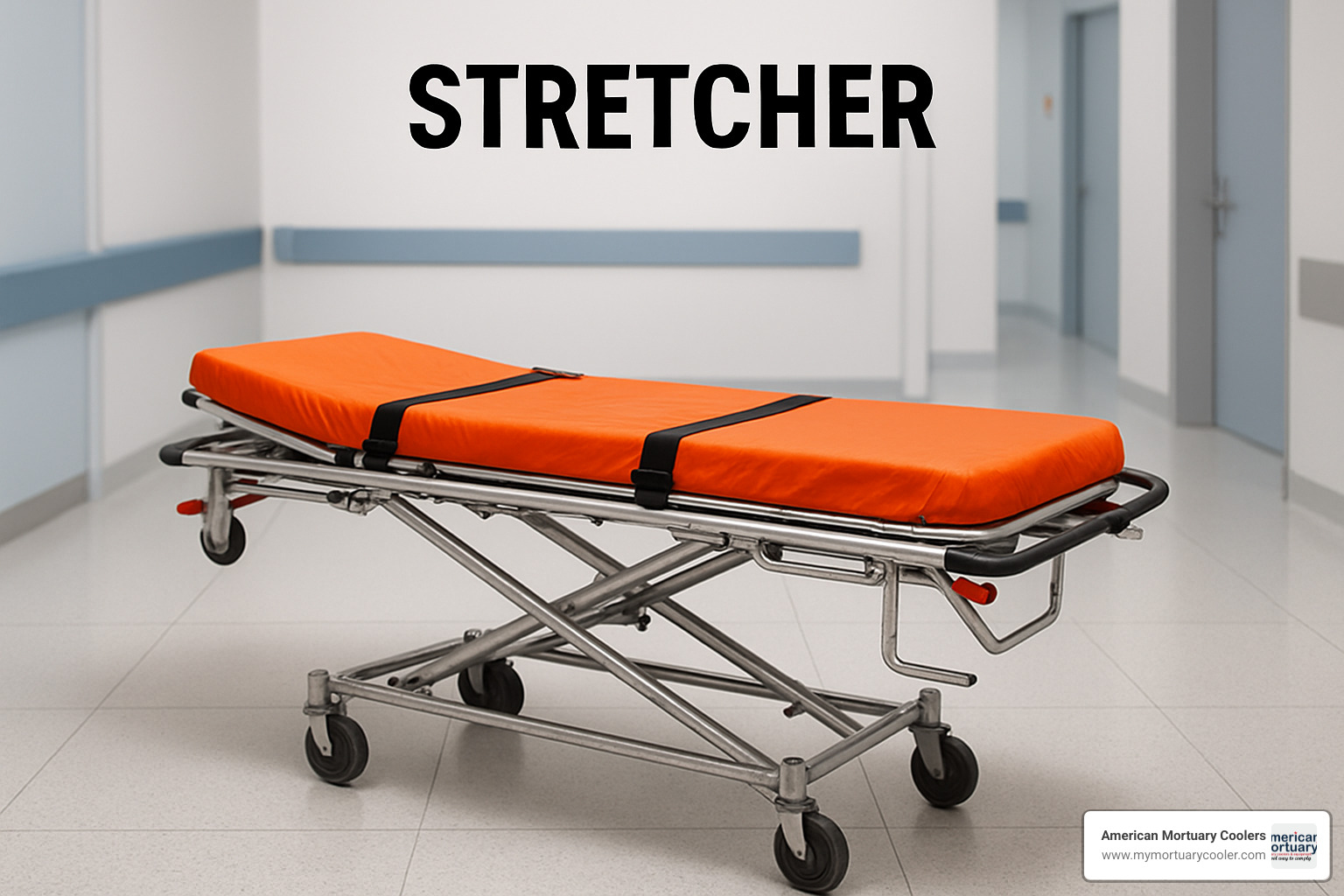
Cost-Benefit Analysis & Total Ownership
When shopping for a stretcher, the sticker price is just the beginning of the story. Think of it like buying a car – there's the purchase price, but also insurance, maintenance, and fuel to consider.
Basic manual stretchers typically run between $2,000 and $5,000 – not pocket change, but reasonable for essential equipment. If you're looking at powered transport models, expect to invest $8,000 to $15,000. Specialized units like bariatric or MRI-compatible stretchers can easily exceed $20,000, while those fancy powered ambulance models with built-in loading systems might reach $30,000 or more.
But the costs don't stop after purchase. You'll need to budget for ongoing maintenance contracts (usually 5-10% of the purchase price annually), replacement parts when wheels wear out or mattresses need refreshing, and don't forget about staff training to ensure everyone knows how to operate the equipment safely.
The good news? A quality stretcher can actually save you money in the long run. We've seen customers reduce worker compensation claims dramatically after switching to powered models that prevent staff injuries. Better patient outcomes and improved efficiency are harder to quantify but equally valuable benefits.
Many of our clients across Tennessee and beyond have found success with refurbished options, which typically cost 40-60% of new models. Just be sure to purchase from authorized refurbishers who use genuine parts – this isn't the place to cut corners!
Leveraging Section 179 & Other Incentives
Smart timing of your stretcher purchase could put a nice chunk of change back in your pocket at tax time.
The Section 179 tax deduction is like a gift from Uncle Sam to small and medium-sized businesses. Instead of depreciating your stretcher purchase over several years, this provision lets you deduct the full purchase price in the year you buy it. For 2024, you can deduct up to $1,220,000 in equipment purchases as long as your total spending doesn't exceed $3,050,000.
Here's the catch – the equipment must be placed in service by December 31st of the tax year. That means if you're eyeing this benefit, don't wait until the last minute to order, especially if you need a custom solution.
Before making any tax decisions, we always recommend chatting with your accountant about your specific situation. They can help you determine if Section 179 makes sense for your business and guide you through the paperwork.
Beyond tax incentives, consider exploring equipment leasing options with end-of-term purchase opportunities, or financing through medical equipment specialists. Rural healthcare facilities might qualify for grant programs that can offset costs significantly.
We've partnered with Ascentium Capital to offer flexible financing solutions for our customers from Maine to California. Their Section 179 Tax Calculator is a handy tool to estimate your potential savings.
Where to Source High-Quality Stretchers
When it comes to stretcher manufacturers, several names stand out for their quality and innovation.
Stryker has built a reputation for cutting-edge powered stretchers and emergency cots that combine durability with user-friendly features. Hill-Rom offers versatile hospital models with thoughtful design elements that improve both patient comfort and caregiver efficiency.
For emergency and ambulance applications, Ferno has been a trusted name for decades. If you're looking for specialty procedure equipment, particularly for eye surgery, Hausted models are worth considering. Those serving larger patients should check out Gendron, whose bariatric stretchers set the standard for safety and dignity in patient handling.
We're particularly impressed with TransMotion's innovative multi-purpose stretcher-chair systems that adapt to different care scenarios, saving both space and money.
You can purchase directly from manufacturers if you're placing a large order, but many facilities find better service through authorized dealers with local support capabilities. Medical equipment distributors often offer competitive pricing, while specialized refurbishment companies provide quality pre-owned options with significant savings.
Here at American Mortuary Coolers, we've built relationships with leading manufacturers to help our customers throughout the country find the perfect stretcher solution for their specific needs. Whether you're in the busy Northeast or the wide-open Southwest, our team can guide you through the selection process with honest advice and competitive pricing.
You can explore high-quality ambulance stretchers and gurneys through our curated selection that balances quality, functionality and value.
Frequently Asked Questions About Choosing a Stretcher
How do powered stretchers reduce caregiver injuries?
If you've ever watched healthcare workers struggling to manually lift patients, you'll understand why powered stretchers are for caregiver safety. These modern marvels virtually eliminate the back-breaking work that traditionally leads to staff injuries.
Traditional manual stretchers force caregivers into awkward positions—bending, lifting, and supporting substantial weight during height adjustments. This is precisely how back injuries happen. In contrast, powered models like the Stryker Power-PRO XT do the heavy lifting for you, with battery-powered hydraulics that effortlessly raise patients weighing up to 700 pounds at the touch of a button.
The difference is dramatic—these systems reduce the physical force required by caregivers by up to 96% compared to manual lifting. Plus, the powered drive assistance makes a world of difference when transporting patients down long corridors or up slight inclines.
The results speak for themselves. Facilities that switch to powered stretchers typically see staff injuries drop by as much as 60%. That means fewer team members missing work, lower workers' compensation costs, and happier, healthier caregivers who can focus on patient care rather than nursing their own injuries.
What maintenance steps keep a stretcher compliant and safe?
Maintaining your stretcher is a bit like caring for your car—regular attention prevents bigger problems down the road. A systematic approach ensures both compliance and safety.
Always start with the manufacturer's guidelines—they designed the equipment and know exactly what it needs. From there, establish a rhythm of inspections: daily visual checks of critical components, weekly tests of all moving parts, monthly examinations of the structural elements, and quarterly preventative maintenance performed by qualified technicians.
Documentation is crucial. Keep detailed records of inspection dates, findings, repairs, replacement parts, who performed the maintenance, and any follow-up actions needed. This paper trail isn't just good practice—it's often required for regulatory compliance.
Cleaning deserves special attention. Only use manufacturer-approved cleaning agents to avoid damaging materials while ensuring proper disinfection. And don't forget to regularly test those safety features that matter most—brakes, side rails, and locking mechanisms should all function flawlessly.
The people maintaining your equipment need proper training on the specific stretcher models you use. And everyone should understand when a stretcher needs to be taken out of service and the procedure for getting it repaired or replaced.
Here at American Mortuary Coolers, we provide comprehensive maintenance guidelines with all our mortuary stretchers because we understand that proper care extends equipment life and—more importantly—ensures safety for both staff and the deceased.
Which specialized stretcher should I choose for bariatric patients?
Selecting the right bariatric stretcher is about more than just finding something bigger—it's about dignity, safety, and practicality. Let's walk through what really matters.
Weight capacity comes first. For facilities regularly handling larger patients, we recommend models with at least 800-1000 lb capacity, such as the Gendron 1190-231 Bariatric Stretcher. Always build in a safety margin above your expected maximum patient weight.
Width matters tremendously for patient comfort and dignity. While standard stretchers typically measure 26-28 inches across, bariatric models should offer at least 36-40 inches of surface width. Some clever designs feature expandable sections that adjust to individual patient needs.
Powered features become non-negotiable with bariatric patients. The reality is that manual height adjustment is extremely difficult with higher weights. Look for powered lift and drive systems that protect your staff from strain and injury.
The frame construction requires special attention. Verify that it uses reinforced materials specifically engineered for higher weight loads—including stronger casters, additional support structures, and heavy-duty joints that won't fail under pressure.
Despite their larger size, good bariatric stretchers remain maneuverable in tight hospital spaces. Features like fifth-wheel steering and powered drive assistance make a world of difference when navigating corridors and doorways.
Consider models with built-in lateral transfer systems or compatibility with air-assisted devices to facilitate safe patient movement. And never overlook the importance of design elements that preserve patient dignity, with appropriate coverage options and thoughtful features.
Before making this significant investment, we recommend our customers from Chicago to Dallas and beyond conduct a thorough assessment of their bariatric patient population and facility layout. The right stretcher will serve your team and patients well for years to come.
Conclusion
Choosing the right stretcher isn't just a purchasing decision—it's an investment in patient care, staff wellbeing, and operational excellence. Throughout this guide, we've explored how these essential devices have evolved from simple carriers to sophisticated medical transport systems that serve diverse needs across healthcare settings.
At American Mortuary Coolers, we walk alongside our customers through this important decision-making process. We've seen how the right stretcher can transform operations for funeral homes and healthcare facilities, from improving dignity in patient handling to reducing staff injuries.
Our Tennessee-based team brings a personal touch to every interaction, whether you're running a small funeral home in Johnson City or managing a large hospital system in Los Angeles. We're proud to offer custom mortuary solutions, including specialized stretchers designed specifically for the funeral industry, with delivery service spanning all 48 contiguous states.
What sets us apart is our commitment to durable, custom-crafted solutions that meet your specific needs. We understand that no two facilities are alike, which is why we take the time to understand your unique requirements before recommending equipment. Our customers from the Southeast to the Rocky Mountains appreciate our straightforward approach and attention to detail.
The journey doesn't end with purchase. Proper maintenance, staff training, and regular inspections will ensure your stretcher fleet provides reliable service for years to come. We're here to support you through the entire lifecycle of your equipment, offering guidance on care and maintenance to protect your investment.
The best stretcher for your facility balances immediate budget considerations with long-term value. By focusing on quality, appropriate features, and proper care, you'll create a safer environment for both patients and caregivers.
For more information about our custom mortuary coolers and specialized mortuary stretchers, reach out to our friendly team. Whether you're in Portland, Maine or Portland, Oregon—or anywhere in between—we're ready to deliver the perfect solution directly to your doorstep.
More info about detailed guide to Mobi Medical Supply equipment


